Michael Davidson President, Board Coach
The time to strengthen your board is now, even with everything else on your plate. During the pandemic, critical issues are constantly arising for non-profits, and if your board is not working efficiently and strategically as a team, it can’t take ownership of the issues. For some organizations this alone could cause their demise. When the pandemic itself is over, it will be a time to rebuild and grow. The stronger your board is now, the better positioned you will be to thrive in the future. We are bringing this series of blog posts to them to help build the strongest board possible at this time.
–Michael Davidson and Brian Saber
With the unusual level of stress on organizations caused by the pandemic, it is more important than ever to have a clear allocation of responsibility for managing the work of the board.
This is especially true for the sake of your executive director (ED) and board chair, so they are not left with the responsibility for managing your board themselves (developing the meeting agenda, scheduling meetings, following up on committee deliverables, etc.). Without help these two key leaders will burn out fast.
By giving attention to two areas of your board structure you can help take the burden off your ED and Board Chair.
Management Team

First, there must be a small group of board members who, together with the ED, take responsibility for managing your entire board. That could be your executive committee, or a team composed of the chairs of key committees. This group would normally meet in-between board meetings.
While this group is always important, during the pandemic it is essential. As you know firsthand, challenges keep arising, the realities of what your organization is facing changes often, and any misstep can have magnified consequences. While during better times this group might only meet monthly, during the pandemic we recommend they meet at least bi-weekly to:
- Plan for and manage board activity while everything is virtual, which can be extra challenging
- Oversee and coordinate the work of the committees, which need to work efficiently so board members don’t burn out
- Develop the agenda for board meetings including whether a matter is for board decision, board input, or information purposes only. The goal is to be laser-focused on strategy
- Provide guidance and support to the ED, who is facing levels of management issues on a massive scale
If your management team is the Executive Committee, it also has emergency decision-making authority. It should only use this authority when a timely decision is imperative. The more often this committee makes decisions, the less empowered and engaged the rest of your board will be.
During COVID-19, where issues arise constantly, the temptation will be to have this management team make many decisions. It will take discipline to slow the pace enough to include the full board as often as possible.
ED/Chair Meetings
Second is a weekly meeting between your chair and ED.
When there are questions about whether a matter is for decision by the board or by staff, solutions can be developed in this meeting. This meeting is also an opportunity for frank discussions of how the board might be productively involved in strategic issues, as well as of the board/management interface such as requests from board members for information from staff, etc.
Tip: Keep this meeting to 30 minutes to assure the focus remains on high-level priorities.
Watch the blog for #2 next week:
Focus Board Committees or Ad Hoc Teams on Working with Staff on Specific Tasks





